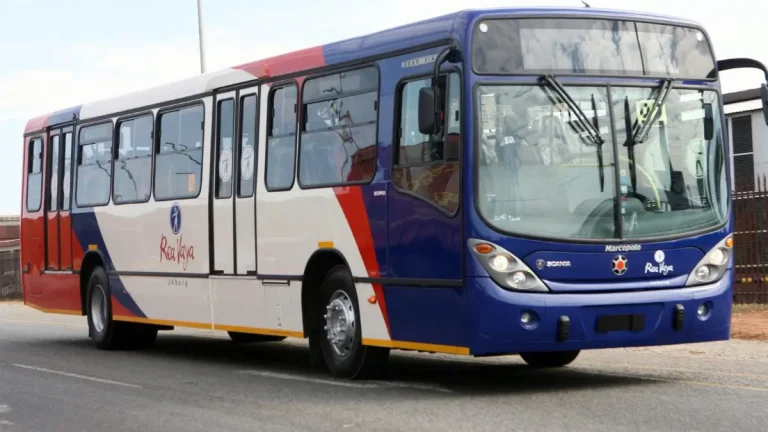Rea Vaya busses revolutionize urban commuting in Johannesburg, offering residents a convenient, efficient, and reliable public transport solution. Designed to significantly ease traffic congestion and promote eco-friendly travel, Rea Vaya busses represent a cornerstone of modern urban mobility. Understanding how this Bus Rapid Transit (BRT) system operates ensures commuters maximize its numerous benefits, especially its emphasis on unparalleled convenience.
Thank you for reading this post, don't forget to subscribe!ALSO READ: Rea Vaya Buses Resume Operations After Suspension, Feeder Buses Still Offline
Unpacking Commuter Convenience with Rea Vaya Busses
Commuters consistently choose Rea Vaya busses for their daily travel, primarily due to the convenience they provide. These modern buses operate on dedicated lanes, allowing them to bypass regular traffic. This crucial feature ensures consistent travel times, making your commute predictable and stress-free. No longer do passengers endure frustrating delays; Rea Vaya busses run on schedule, delivering punctuality many other transport options cannot match.
Furthermore, Rea Vaya busses offer state-of-the-art stations designed with the commuter in mind. These enclosed stations feature raised platforms, ensuring level boarding. This design significantly speeds up boarding and alighting processes, benefiting all passengers, particularly those with disabilities, the elderly, and parents with prams. Each station provides full weather protection, comfortable seating, and real-time information displays. These displays indicate bus arrival times, allowing commuters to plan their waits effectively. Additionally, comprehensive security measures, including CCTV cameras and dedicated personnel, enhance safety and peace of mind at all times.
Seamless Ticketing and Accessibility
Accessing Rea Vaya busses proves remarkably easy through its smartcard system. Commuters purchase and load points onto a reusable smartcard at any Rea Vaya station. This pre-boarding fare collection system eliminates delays typically associated with cash transactions on the bus. Passengers simply “tap in” at the station gates and “tap out” upon exiting, ensuring accurate fare calculation based on their journey. For infrequent travelers, single and double trip cards are also available, providing flexibility.
Moreover, Rea Vaya busses prioritize universal accessibility. Buses feature low-emission technology and are equipped with features like handrails, access ramps, and designated spaces for wheelchairs. Audio prompts and special lighting cater to visually and hearing-impaired passengers, ensuring an inclusive travel experience for everyone. This dedication to accessibility truly sets Rea Vaya busses apart as a public transport leader.
Routes, Schedules, and Connecting the City
Rea Vaya busses operate an extensive network of trunk routes and feeder services, effectively connecting various parts of Johannesburg, including Soweto, the CBD, and increasingly, areas like Sandton and Alexandra. Trunk buses travel on exclusive, dedicated lanes, while complementary and feeder buses extend the network’s reach into surrounding neighborhoods, bringing commuters directly to the main routes.
The system runs on a clear schedule, with frequent services. During peak hours (5:00 AM to 8:30 PM on weekdays), Rea Vaya busses arrive every 5 minutes. Off-peak hours see buses every 15 minutes, ensuring consistent availability throughout the day. Weekend services also maintain reliability, operating from early morning until evening. This high frequency and comprehensive coverage make daily commutes highly convenient.
Rea Vaya busses offer an unparalleled level of convenience for Johannesburg commuters. From dedicated lanes ensuring speedy travel to accessible stations and easy ticketing, every aspect targets an improved commuter experience. By choosing Rea Vaya busses, residents embrace an efficient, reliable, and environmentally conscious way to navigate the bustling city. The system continues to expand, promising even greater connectivity and convenience in the future.




